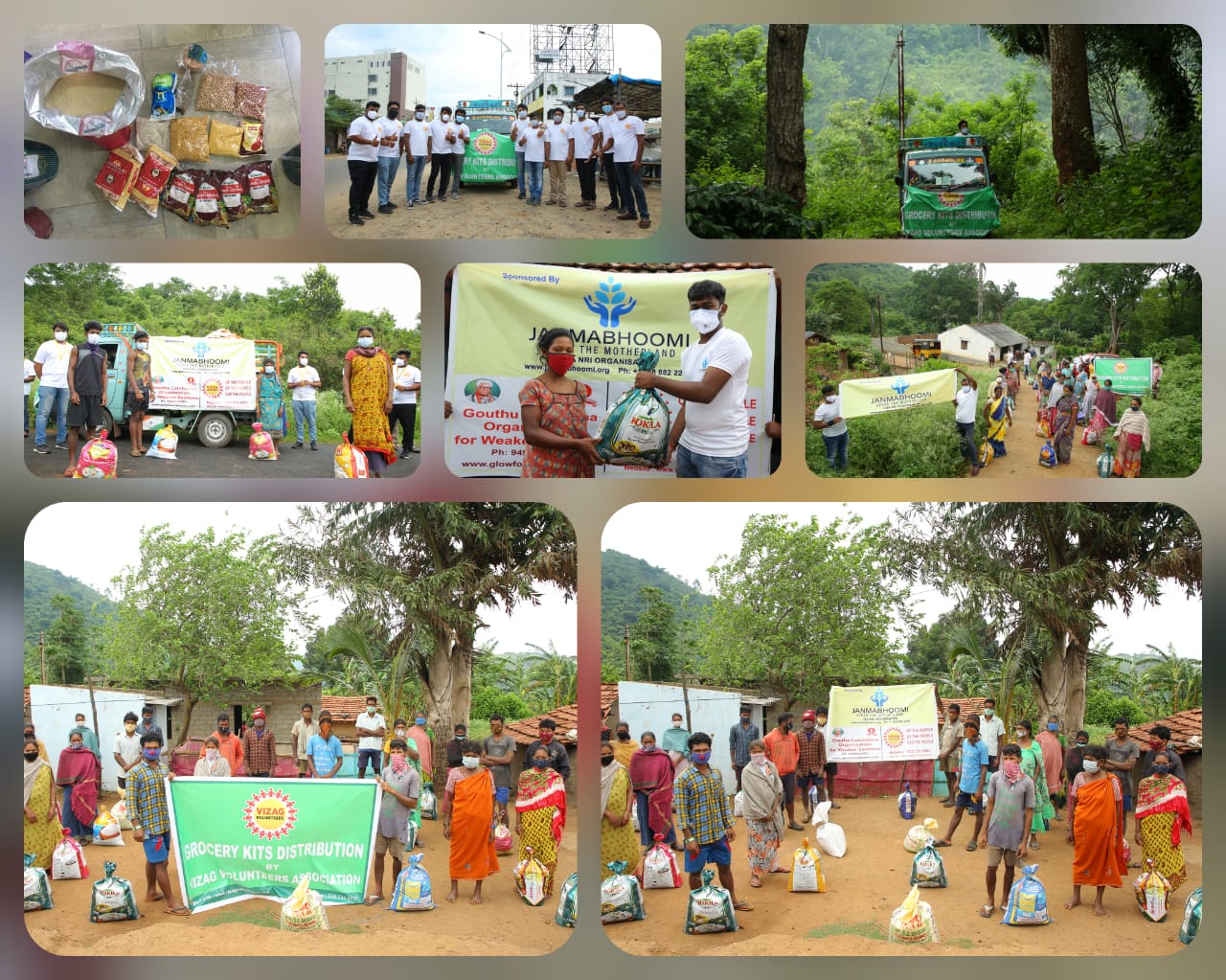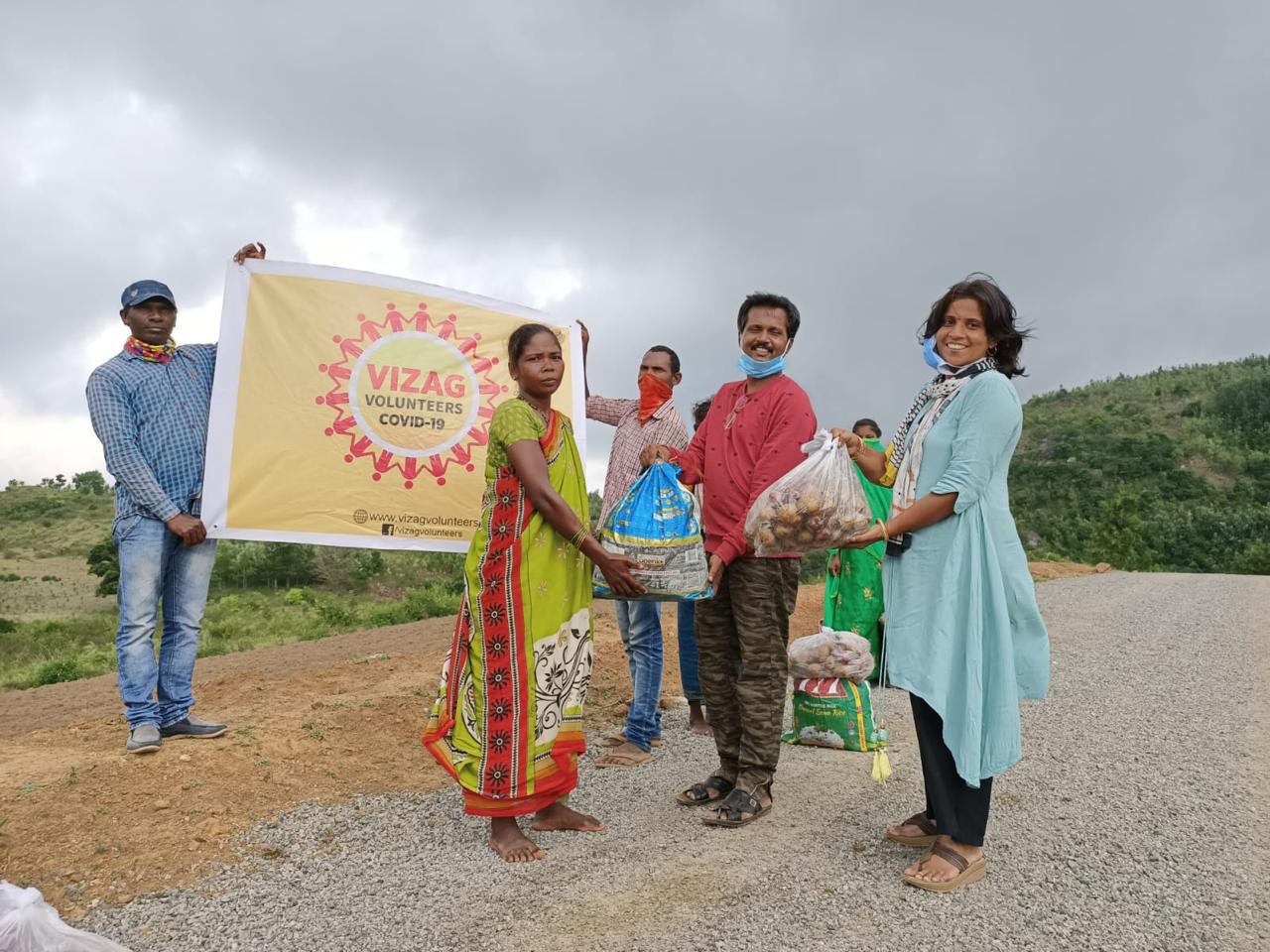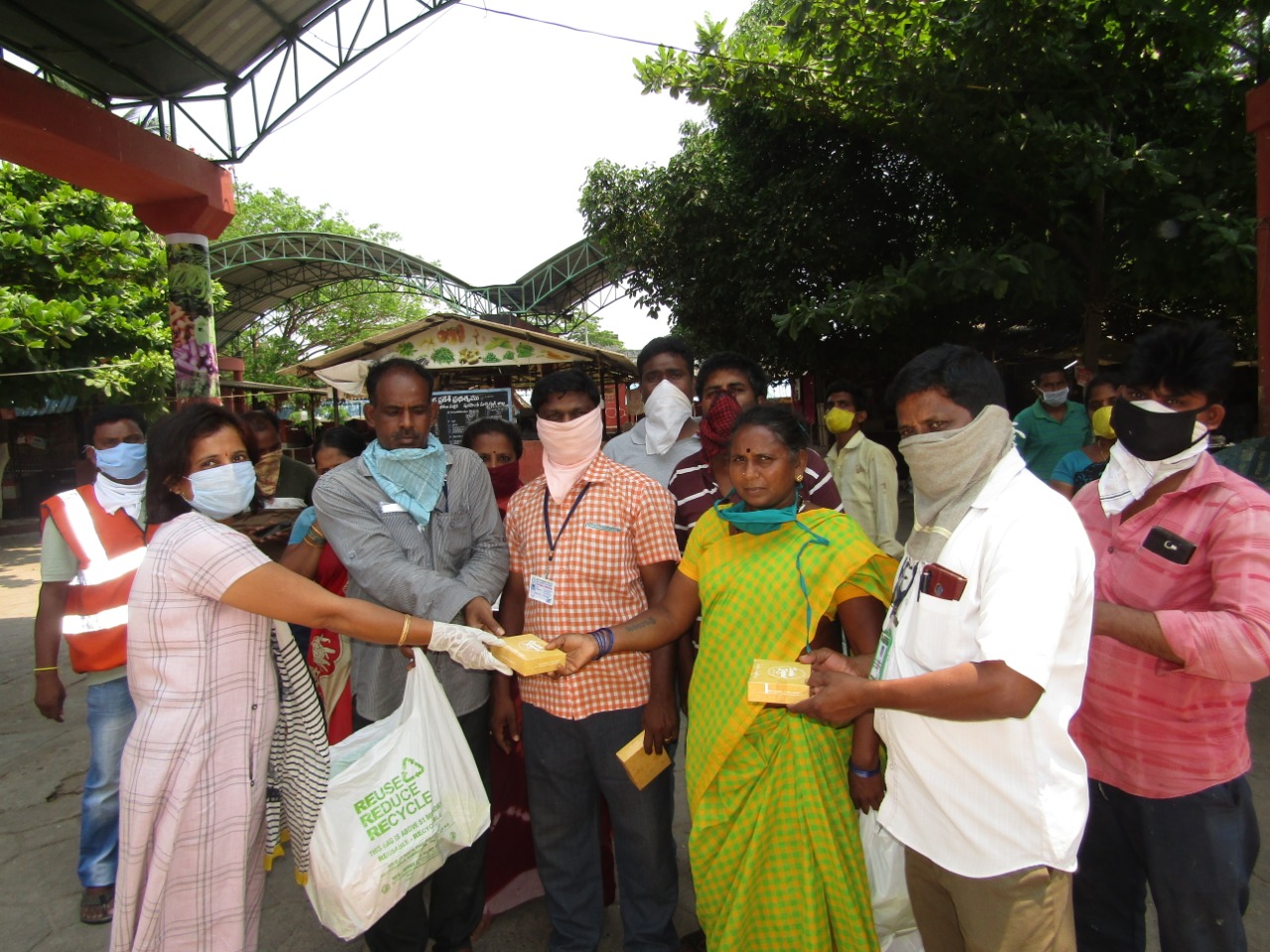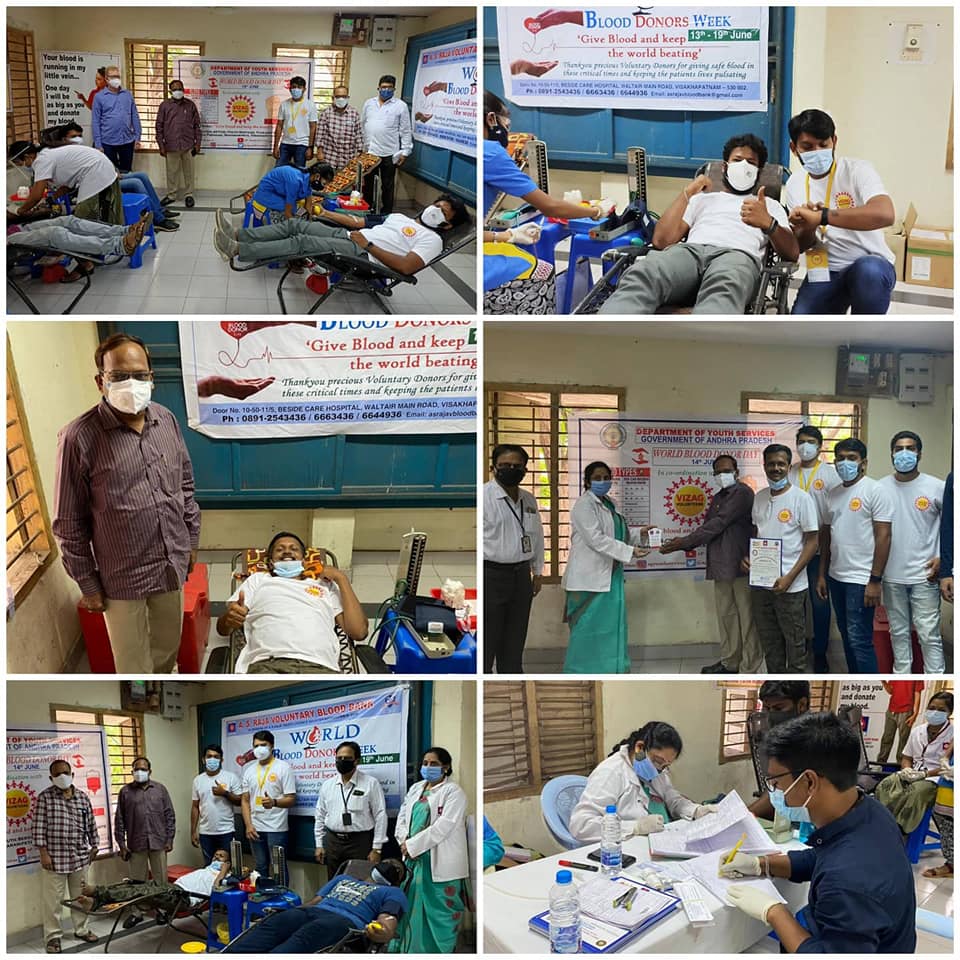Pandemic Life of the Tribals
The pandemic had brought in a lot of loss to the country. We have seen a striking shortfall of democratic Government systems throughout the World. Basic necessary things for the people such as employment, educational facilities, healthcare, cleanliness, and technology have not been taken care of by the Government. The lack of vaccines available to the public made the health system unable to cope with the present loss. The pandemic has affected the agriculture system and employment system badly as a result of neoliberalism.
When compared to other countries, India has seen not only a high death rate but also inequality. The spread of the virus has announced a lockdown in India on 24th March 2020 for 21 days initially. We have seen 785,996 active cases and 65,288 deaths as of 1st September 2020. The Ministry of Health and Family gave this report.
It's not the pandemic that hit the economy so bad but the lockdown where so many labourers were forced to leave, and many lost their jobs, markets were closed, which led to the increase in prices of essential goods. As a part of this, we have seen education system failure, closure of health check-up systems, and sexual violence in rural and urban areas.
Many lives were lost due to the virus but compared to western countries, we have seen many deaths in the age group of 21-30 years (514 deaths) and 31-40 years (537 cases) as of 27th April 2020. In 2021, we have seen even more active cases up to 409394, discharged 30429339, and deaths 418987 around the country. We could protect this only if both the medical facilities and the State Government worked together. The testing facilities were not enough to test the people, which delayed the confirmation of the actual cases, and the number of the cases could be more than what is reported. Coming to local hospitals, they are many deaths that are not reported. The tribal's were more affected due to less knowledge of the virus, lack of education, health care, explaining hygiene and employment, which led to inequality and made the pandemic even worse for this population to sustain.
It's not the Indian tribal population that has been affected, but countries like Australia, Costa Rica, New Zealand and many more countries had seen the effect. They all came out with new schemes to support the tribals and executed the plan correctly. The Indian Government has not done much help to the tribal population in the country when compared to other nations. It is the main cause of worsening the conditions of the tribal group and De-Notified tribes. As per the reports, among the 75 particularly vulnerable tribal groups in India, the Bonda tribe in Odisha and Great Andamanese and Nicobarese tribe in Andaman and Nicobar Islands are affected more by COVID-19. Helping the tribals was possible compared to the De-Notified tribes, who are nomadic tribes like the Chhara tribe of Gujarat. They stay away from others and have no identification cards like ration or Aadhar cards for getting food.
The main objective is to identify the types of inequality among the tribal people in India. The Government needs to analyze the impact on the tribal youth during this pandemic and cope with the situation and discuss with local heads of the tribal communities to sustain the pandemic.
Vizag Volunteers have seen pain the people were facing and thought that the tribals would face twice the difficulties to get their groceries once every 15 days, and due to Lockdown, they might have faced more problems.We planned to help the tribal villages living in the outskirts of the city of destiny, Visakhapatnam. The first step was to identify the villages that needed more help and were very poor with fewer cultivation chances. Mr Krishna garu, who works in these tribal villages, contacted Mrs Gnaneswari and Mr Ravi to inform them about the locations near paderu. The team started to plan the list of things that they needed to give them.
We successfully distributed 90 kits of groceries in Yegua Sompalli village, Pothuraju Metta village, Jeelugu Palli village and other Girjan villages near Paderu. The cost of each kit was Rs.700/- and gave one kit to each family for free that would last them for a week. Each kit contained:
- 10kgs of Rice
- 5Kgs of Potatoes
- 1Kg Onions
- 1Kg Salt packet
- 100 gms Chilly Powder
- 1Ltr Oil packet
- 3 Bath Soaps
- 1 Detergent Soap
- 1 Pickle bottle
In 2020, we observed a spread of the virus to the villages after the spread to cities. We knew that the new mutants would affect the people in tribal areas, and a team of Vizag Volunteers visited areas of Lambasingi to understand the ground situation and provide help to the people.
We provided few medicines this year and few types of medical equipment to Dr Aparna from Lambasingi.
The help contained the following:
1. 6 Pulse Oxymeters
2. 2500 masks
3. 1 Set of Gloves
4. Virus X - House sanitizing liquid (Sufficient for over 150 houses)
5. NS and RL - 10 each
6. Dexamethasone - 10 Vials
7. IV Set - 10
8. IV Bandages - 10
9. COVID-19 Basic Kit - 50
10. COVID-19 Critical Kit - 26
The Basic Kit Contained:
1->Lem-C (Vitamin D3 with zinc chewable) - 15tablets
2-> AF-Clear Capsules -10
3–> Lumen A2Z - 15tablets
4->Rabbey-DSR - 10tablets
5->Montemen-LC - 10tablets
6->Doxyjoy-LB (Doxycycline) - 10tablets
7->Ivermectin - 3tablets
8-> Zink@vit - 15tablets
9->Dolo650 - 15tablets
10->Care-D3 - 4tablets
11-> ORS powder - 10 packets
12-> Rexcof DX Syrup - 1
The critical kit contained:
1 -> FAVICOVID 200 mg - 30 tabs
2 -> Apigat 2.5 - 1 box
3 -> Methodol 16 mg - 20 tablets
4 -> Pulmoclear - 14 tablets
It was a successful project completed by Vizag Volunteers that have given so much positive energy to work more to better the community. The happiness that our volunteers experienced seeing the joy on the faces of the Girjan tribe is something that can’t be measured with anything in life. The Vizag volunteers team is here to stay for the people no matter what the circumstances are. We, as a team, are capable of facing any situation to reach out to for help.




